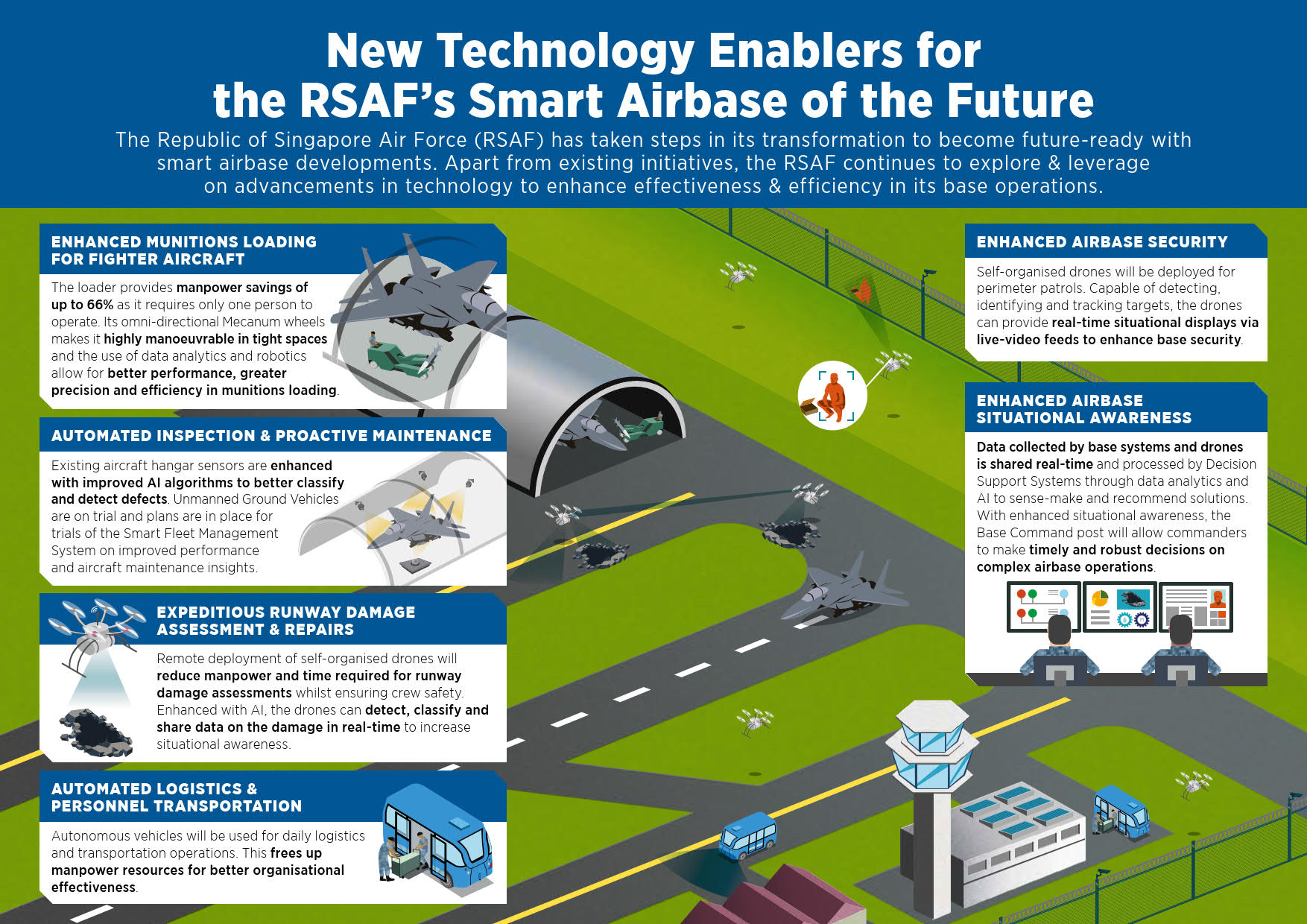30 Jun 2021
From trialling drones to patrol airbases and assess runway damages, developing an enhanced munitions loader for fighter aircraft, to trialling autonomous vehicles for airbase transportation, a multidisciplinary DSTA team is helping to realise a vision – the RSAF’s Smart Airbase of the Future!
In close collaboration with the RSAF, our engineers have embarked on multiple smart airbase initiatives to enhance airbase operations. Tapping 4th Industrial Revolution technologies, these developments will enable the RSAF to operate more effectively in a high operational tempo and increasingly complex environment. All these developments will also contribute to the vision of a highly networked, dynamic and sustainable airbase.
We spoke to three of our engineers who tapped cutting-edge technologies such as artificial intelligence (AI), data analytics and unmanned systems to help achieve more effective and efficient operations while optimising the RSAF’s resources.
What’s your role in this programme?
Project Manager (Air Systems) Lee Wei Xin: I manage the development and trials of drone capabilities for airbase operations. This includes integrating these systems with the airbases’ Command and Control systems and other airbase features in the future. Using AI algorithms, the drones will be able to assess runway damages and support airbase security operations. Data will be collected and shared in real time to enhance situational awareness and improve the RSAF’s productivity.
Programme Manager (Air Systems) Wee Qiquan: I am working closely with the RSAF to design and deliver an enhanced munitions loader for fighter aircraft. This is made possible by incorporating smart tech like robotics and data analytics, which enhances the munitions loader’s performance and reduces its crew size by up to 66 per cent.
Senior Programme Manager (Land Systems) Collin Chng: I work with my teammates to oversee ongoing trials of autonomous vehicles in airbases. We also focus on developing and integrating different technology enablers that could operationalise autonomous vehicles in future smart airbases. The vehicles’ self-driving technology allows the unmanned transportation of logistical supplies and personnel in the airbases.
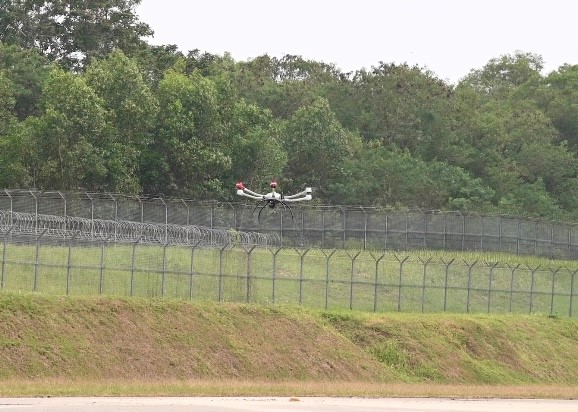
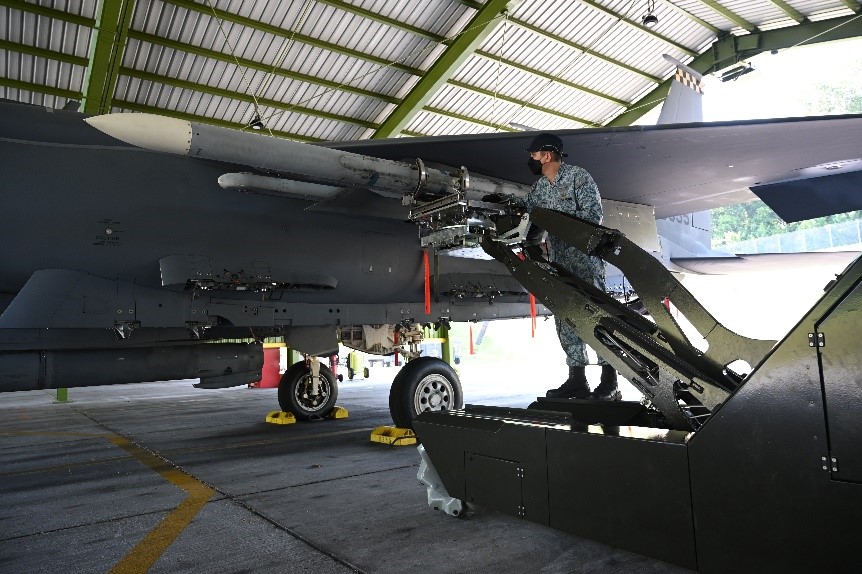
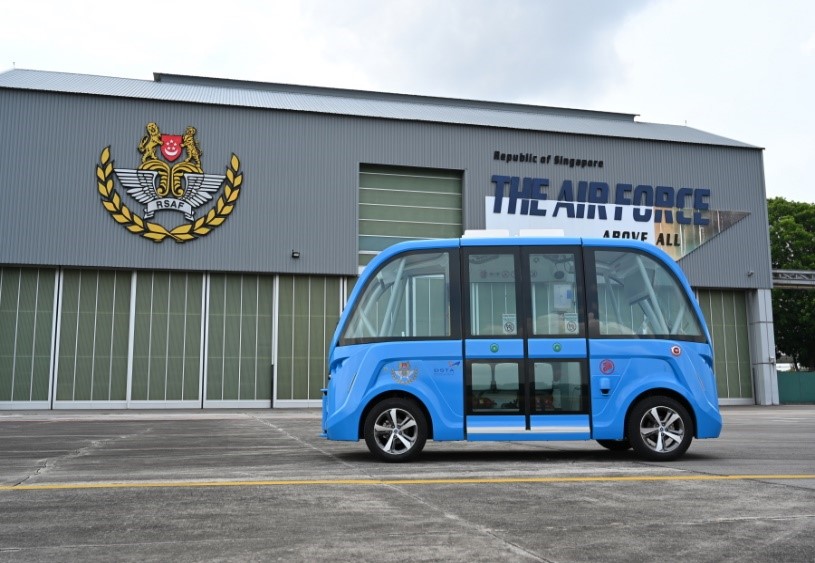
Share the biggest joy and pain of this project.
Wei Xin: I am new to this domain and had to adapt to my new role quickly. To ensure that the developments are on track, I put in extra time to learn the ropes from my colleagues, and also did a lot of reading up by pulling information from various sources. All these efforts have enabled me to achieve my greatest joy – seeing the drone system take off and perform as intended.
Qiquan: When the RSAF operators try their hands at the enhanced version and tell me how appreciative they are of the system because it revolutionises the way they work, I feel a great sense of joy and pride.
Collin: As autonomous technology is still new and constantly evolving, there are no established approaches for its implementation. We spent hours researching and questioning the different best practices within the industry to develop a robust and safe test methodology. But it is precisely because of all this time, effort and hard work that give us an extra sense of achievement when the vehicles were cleared to commence the trials.
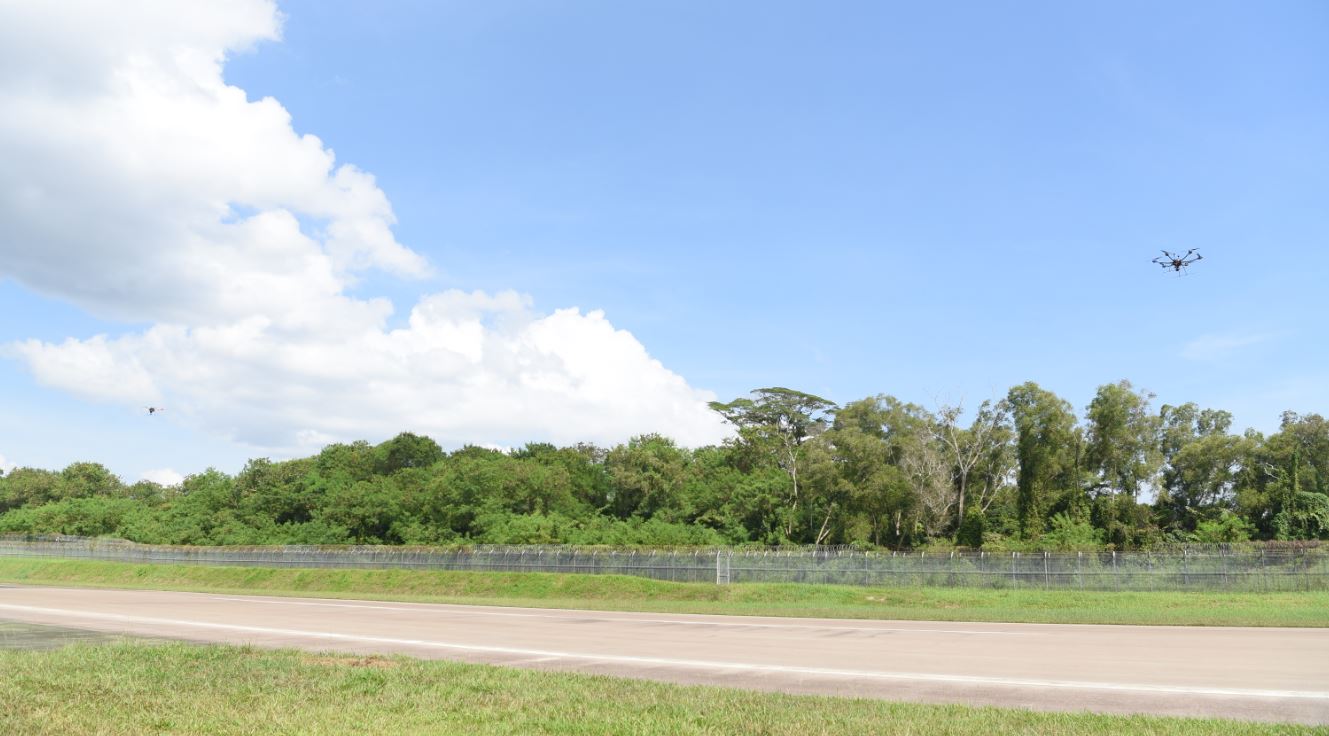
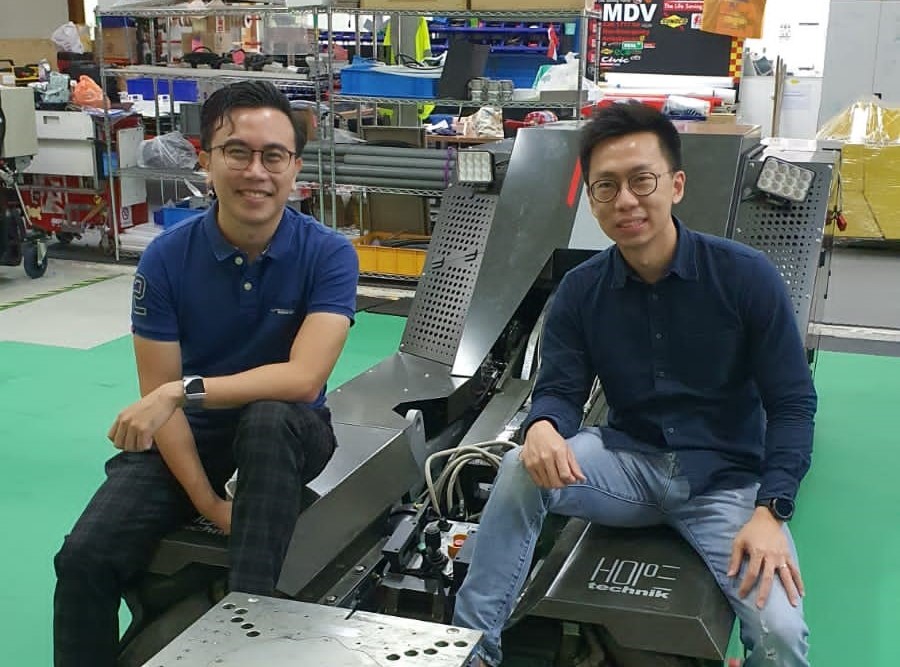
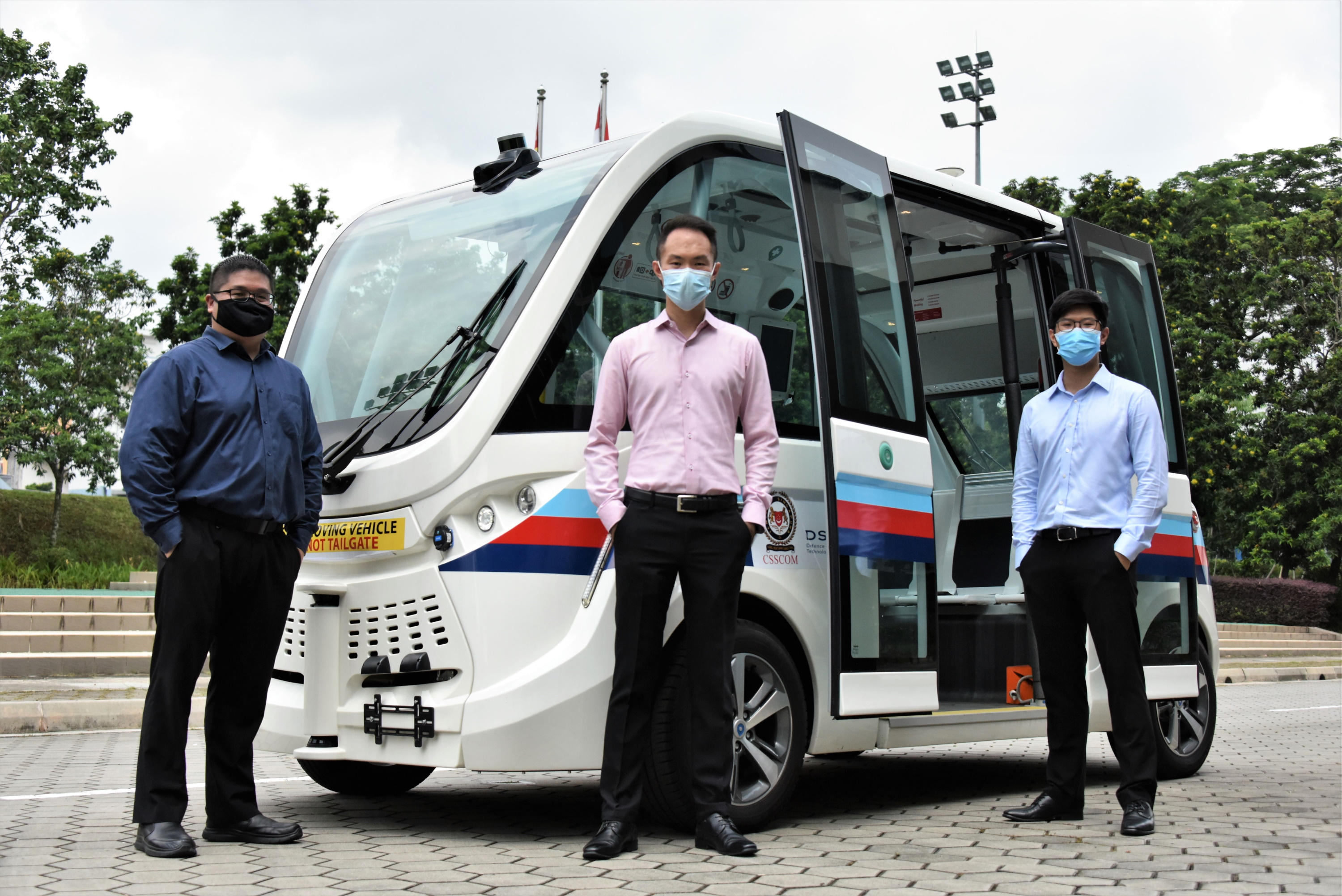
What keeps you motivated?
Wei Xin: I am very interested to learn more and harness the potential of drones and AI to improve the existing operational concepts in the SAF. I can see our future being powered by unmanned technologies and robots, and that makes my daily work very fulfilling! I want to push the boundaries of technology and its applications in defence, so I would say that this curiosity and excitement in emerging technologies drive me.
Qiquan: The excitement of designing a system from scratch! That has fuelled me to comb through all the potential commercial technologies available to make the munitions loader as efficient as possible. It was very rewarding as I had the opportunity to enhance the munitions loading process and the productivity of its operators, and this will definitely be marked as one of the most important achievements in my career.
Collin: There are ample things to learn in this new field of autonomous technology. As such, we are driven to push boundaries to see how we can leverage cutting-edge technologies for our project.

